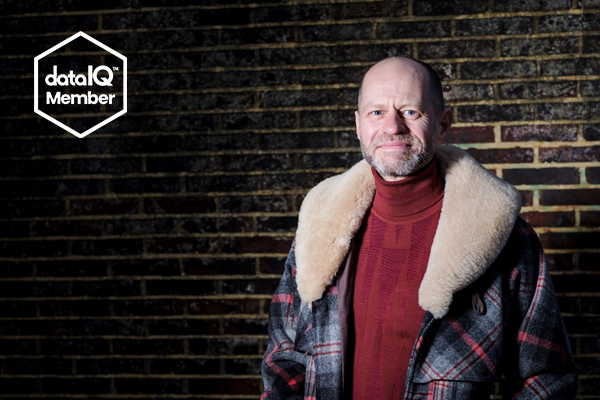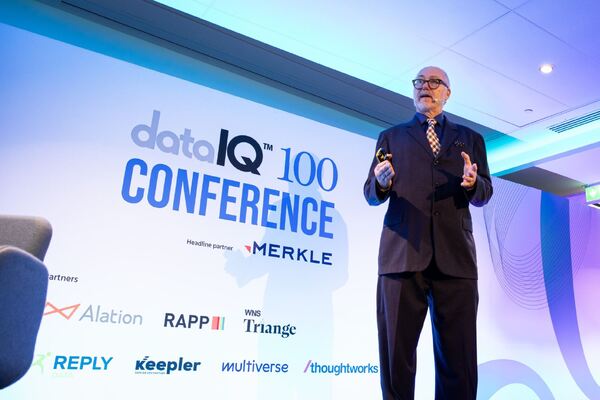The importance of data role models
It has been ten years since Ada Lovelace Day, the brainchild of technologist Suw Charman-Anderson, was first celebrated to highlight the achievements of the first computer scientist Augusta Ada King. It also serves to shine a light on women working in technology in the present day. DataIQ heard from several women working in STEM fields about the difficulties of working in the industry, what can be done to encourage more women and girls to enter the field and steps that can be taken to facilitate that.

In the UK women make up 16% of the 1.6m strong technology workforce, according to Honeypot. The situation in data is slightly better as according to Women in Data UK, where men scientists and analysts outnumber women four to one, meaning that women make up 20% of the data workforce.
Being in the minority can feel unsettling at times but Lori MacVittie, principal threat evangelist at F5 Networks suggests acknowledging and pushing through that discomfort as the best way to deal with it. She said: “Wherever you go, it’s likely that you’ll end up in a male-dominated environment and if that makes you uncomfortable then that’s OK.”
Despite the low proportions, it is important that workplaces in all industries are diverse because this leads to better products, better results and better returns. Janet Macmillan, senior user experience team lead at MathWorks said: “More women in tech means more diversity and creativity. Having female team members brings different perspectives, and ones that better reflect the people we serve. I work in a cross-functional team with both male and female colleagues. I’d like to think that the diversity has contributed towards the success of the team and the products we design.”
There is also the recognition that diversity is more than just about having women at the table. Diversity in relation to ethnicity, sexual orientation and able-bodiedness is also important as Esther Mahr, conversational experience designer at IPsoft stated.
She said: “It is absolutely critical that diverse groups develop, test and design the technologies that will transform our jobs, cities and services. Diversity not only means equal representation of gender, but also of age, geographical and socio-economic background and beliefs.”
Unfortunately, there is some resistance to women or people with caring responsibilities in the tech workplace. This was the experience of Joanne Warner, head of customer service at Natterbox. She said that after she had her second child, she felt that her gender became an issue at work.
“Some of my management and colleagues thought that my commitment and motivations within the workplace had changed. But this only made me even more determined to prove that work ethic is not defined by gender or children,” she said.
Warner’s experience makes it clear that all workplaces, especially in tech where women are underrepresented, need to make an effort to support and encourage parents of young children who return to work to ensure they feel valued and that their commitment is recognised. If not, many women may not return after maternity leading a brain drain of experienced professionals.
There is a lot of encouragement from the female tech professionals for other women to follow their lead and enter the industry although Karen Thomson, diversity and inclusion lead at Fujitsu UK and Ireland admitted that a particularly close role model had a strong influence on her career.
Her father was a lecturer in mechanical engineering and this meant that she saw the ideas he spoke of applied in a real-world setting. “Having a parent like that gave me a forum to ask questions, and I realised that I enjoy problem solving and I am interested in building practical things. That’s why I believe role models play an incredibly important part in shaping peoples’ lives.”
Did you find this content useful?
Thank you for your input
Thank you for your feedback
You may also be interested in
DataIQ is a trading name of IQ Data Group Limited
10 York Road, London, SE1 7ND
Phone: +44 020 3821 5665
Registered in England: 9900834
Copyright © IQ Data Group Limited 2024




